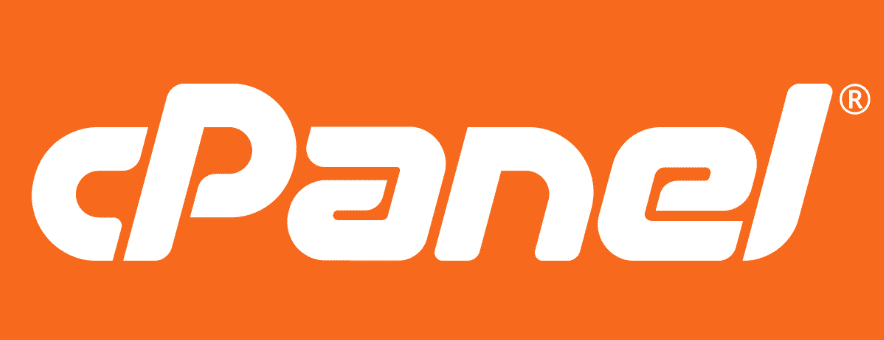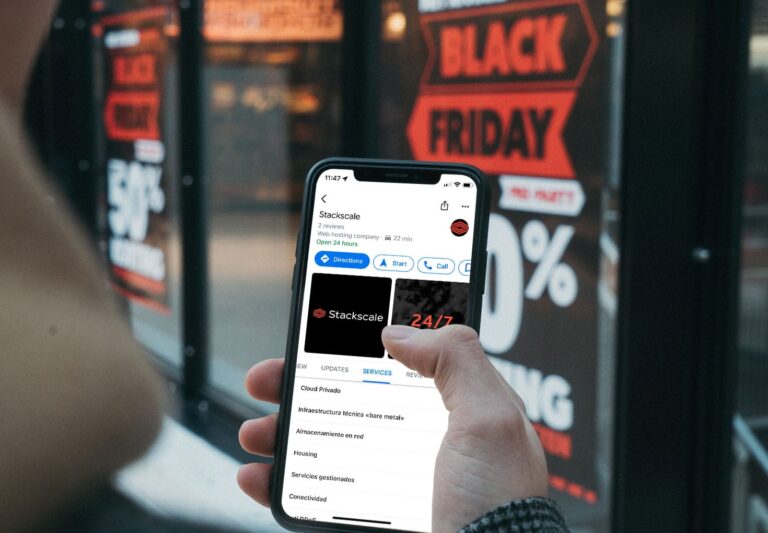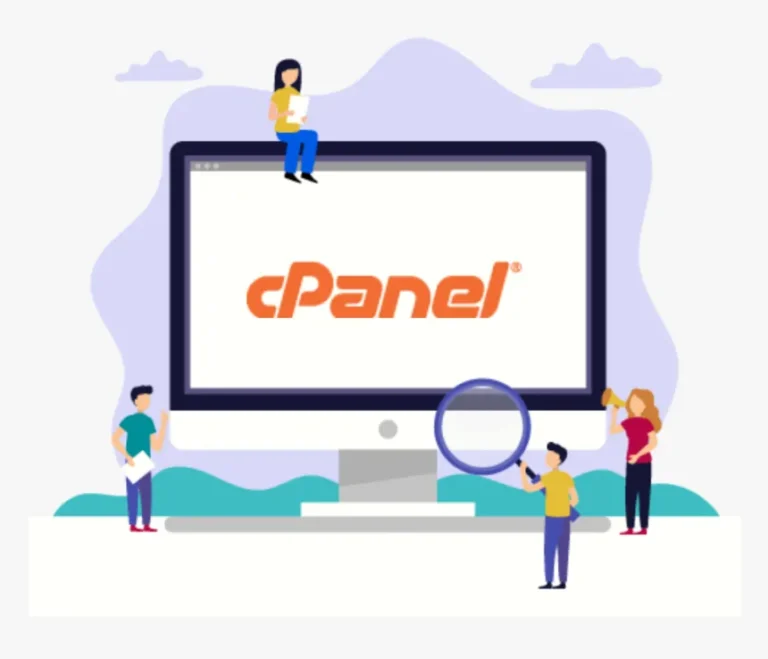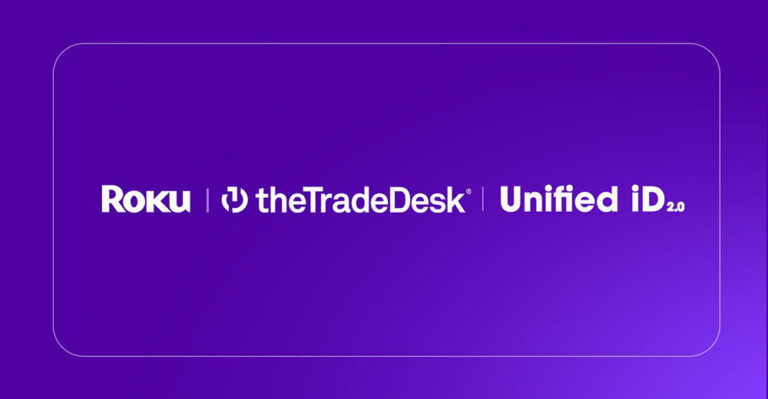Packaging is more than a product vessel. It serves as a strategic tool for storytelling, trust-building, and delivering immersive brand experiences. Retailers and brands that leverage packaging as a gateway to engage shoppers are taking the lead in the battle for attention in crowded marketplaces.
This trend for enabling a powerful packaging gateway is well underway, according to the London-based Appetite Creative 2025 survey. It cited that 89% of industry professionals named connected packaging as a top growth area, with the market already valued at US$26.2 billion according to Research and Markets.
Industry reports agree that today’s consumers expect more than the average static label. They want instant access to product authenticity, sustainability credentials, and personalized content, all delivered with a simple tap.
Innovative packaging makes this possible by bridging the physical and digital worlds to create seamless and memorable retail experiences. Secure NFC and RFID technology company Identiv helps its retail customers transform everyday products into cloud-connected touchpoints that drive retail loyalty, support product transparency, and elevate the shopper experience.
Identiv CEO Kirsten Newquist said that smart packaging technology brings the convenience of online loyalty programs directly to the physical product. Identiv’s NFC-enabled inlays turn every package into a digital gateway.
“Brands and their platform partners can configure a simple tap of a phone to open a reorder page, enroll a customer in a loyalty program, or unlock rewards,” she told the E-Commerce Times.
How It Works
Smart packaging assigns each product a unique digital identity, directly connecting the physical item to a brand’s digital ecosystem. That link can extend beyond the packaging through tags embedded on the product itself, Newquist explained.

CEO of Identiv
The link keeps the connection open even after the packaging is discarded. In both cases, the product serves as a gateway to e-commerce, promotions, or consumer engagement platforms, transforming the item itself into an entry point to the broader brand experience.
She noted that Near Field Communication, or NFC, is already built into nearly all smartphones. So consumers can engage instantly without additional hardware or downloading apps.
Bluetooth Low Energy (BLE)-enabled smart labels further extend the interaction by transmitting real-time data on conditions like temperature, humidity, or location. This added technology further ensures the digital experience is seamless, context-rich, and trustworthy.
“For retailers and brands, this means packaging evolves from a static container into an interactive touchpoint that delivers consistency across online and offline channels, strengthens consumer trust, and unlocks new opportunities for engagement and loyalty,” she observed.
Case Study Shows Success in Defeating Fraud
Identiv has recently partnered with Zatap and Genuine Analytics to address one of the wine industry’s most significant challenges: fraud, which affects an estimated 20% of bottles worldwide. Together, they developed a blockchain-enabled authentication solution that digitally certifies both the bottle and the wine inside it.
Newquist noted that wine counterfeiting, valued in the billions globally, not only causes significant financial losses for brands but also erodes consumer confidence.
Identiv designed custom NFC inlays, built on the NTAG 424 DNA TagTamper chip, which not only confirm authenticity with every smartphone tap, but also detect whether a bottle has been tampered with.
They tested this solution at a 2024 Swiss wine auction, where rare vintages sold for over 20,000 Swiss Francs (approximately $25,000) each. In addition to authenticating the bottles, the system uncovered a fraudulent wine in the lot, providing a real-world demonstration of its effectiveness and value.
For the auction house, this capability transformed its reputation and reinforced buyer confidence at the highest level of the market. For producers and resellers, it positioned their brand identity around trust, transparency, and integrity, elevating consumer relationships by removing doubt and creating a premium, verifiable experience.
“What began as a response to counterfeiting has since become a brand-defining advantage; winemakers, sellers, and collectors can now engage with buyers on tradition, taste, and importantly, on provable authenticity that strengthens loyalty and cements long-term consumer trust,” Newquist offered.
More Safeguards
That same approach extends across industries. Smart packaging can serve content owners, who gain confidence that their intellectual property or product is safe. Consumers gain transparency and trust through verifiable authenticity.
“In this way, NFC-powered smart packaging doesn’t just fight counterfeiting. It transforms authenticity into a key driver of loyalty and brand value,” Newquist added.
Another example is Identiv’s partnership with Narravero, a company specializing in supply chain documentation and digital product passports. Its platform combines Identiv’s secure NFC inlays with the SaaS platform that manages digital product passports and lifecycle data. The result delivers compliance information in clear, user-friendly formats while opening the door to sustainability and transparency storytelling.
Additionally, through customers such as product cloud platform ZATAP, Identiv connects NFC tags to blockchain, creating trusted digital twins that ensure authenticity and integrity. This same approach enables brands to present regulatory information alongside place-of-origin, recycling guidance, or educational content, transforming static labels into engaging, consumer-friendly touchpoints.
Identiv’s technology transforms compliance from a box-checking exercise into a brand asset, Newquist noted. It embeds intelligence directly into packaging and the product container.
“With RFID, NFC, and BLE inlays, mandatory details like ingredient lists or allergen warnings become interactive digital content. Consumers can access them with a simple tap,” she said.
Smart Packaging ROI Justifies Cost
One of the biggest challenges Newquist sees for adopting smart packaging on a large scale is the initial investment for retailers and brands.
“While smart packaging does require an initial investment, its return on investment is realized across multiple critical areas,” she shared.
The upfront cost includes embedding RFID or BLE inlays into packaging or labeling, with pricing often ranging between $0.05 and $2 per label, depending on the technology, capabilities, sensors, power requirements, and design.
“These inlays must be designed to withstand the product’s environment and often involve collaboration among the manufacturer, packaging provider, and IoT platform partner to ensure compliance and scalability,” she said, adding, “The benefits quickly justify the expense.”
The benefits include significantly reducing the risk of counterfeiting and spoilage, improving inventory management, and supporting real-time supply chain optimization, she clarified. It also streamlines complex and costly regulatory compliance through automated data capture and reporting.
“When viewed across the full product lifecycle, smart packaging more than justifies its initial cost,” she concluded.



![How to Update PHP Version in WordPress [3 Visual Methods]](https://cpanelplus.net/wp-content/uploads/2025/04/how-to-update-php-version-in-wordpress-3-visual-methods.png)


